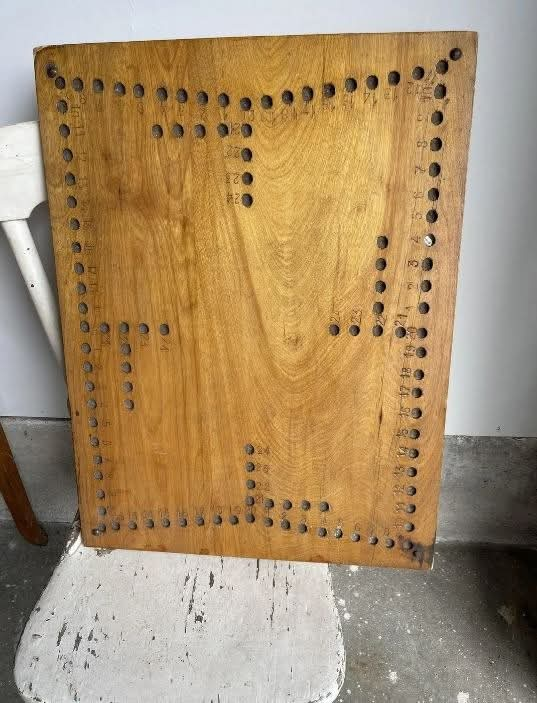0There’s something magical about classic family games—they bring people together, spark laughter, and create lasting memories. Whether it’s a board game, card game, or outdoor activity, these timeless treasures hold a special place in our hearts. But what if you could recreate or customize your own version of a beloved game? Not only is this a fun DIY project, but it also allows you to add a personal touch that reflects your family’s unique personality and interests. Let’s dive into how you can build your own version of a classic family game!
Why You’ll Love This Project
Nostalgic Fun: Recreate the joy of your favorite childhood games with a modern twist.
Personalized Touch: Tailor the game to suit your family’s preferences, inside jokes, or themes.
Creative Outlet: Designing and building your game is a rewarding and imaginative process.
Budget-Friendly: Use materials you already have at home for a low-cost, high-fun activity.
Steps to Build Your Own Game
1. Choose a Classic Game as Inspiration
Start by selecting a classic game that you love. Some popular options include:
Board Games: Monopoly, Clue, Candy Land, or Chutes and Ladders.
Card Games: Uno, Go Fish, or Rummy.
Outdoor Games: Twister, Capture the Flag, or Hopscotch.
Trivia Games: Trivial Pursuit or Jeopardy-style games.
Think about what makes the game fun and how you can adapt it to fit your family’s style.
2. Decide on a Theme or Twist
Give your game a fresh spin by adding a theme or customizing the rules. For example:
Family-Themed Board Game: Replace properties in Monopoly with places meaningful to your family (e.g., Grandma’s house, your favorite vacation spot).
Trivia Game: Create questions based on family history, pop culture, or shared experiences.
DIY Outdoor Game: Turn Twister into a giant backyard version using spray paint or chalk.
Let your creativity shine while keeping the essence of the original game intact.
3. Gather Materials
You don’t need fancy supplies—just use what you have around the house:
Cardboard, paper, or poster board for boards/cards.
Markers, stickers, or stencils for decorations.
Dice, tokens, or small objects (like coins or buttons) for game pieces.
Index cards or blank paper for writing questions, rules, or prompts.
If you’re tech-savvy, consider designing digital elements like printable boards or scorecards.
4. Design the Game Components
Break down the game into its key components and customize each part:
Game Board: Draw or print a layout. Add spaces, paths, or challenges that align with your theme.
Cards/Questions: Write trivia questions, action prompts, or rewards tailored to your family.
Rules: Simplify or modify the rules to make the game more engaging and accessible for all ages.
Game Pieces: Get creative with tokens—use figurines, bottle caps, or even photos of family members.
5. Test and Tweak
Playtest your game with family or friends to see how it works. Pay attention to:
Is it fun and balanced?
Are the rules clear and easy to follow?
Does it flow smoothly from start to finish?
Make adjustments as needed to ensure everyone enjoys playing.
6. Add Finishing Touches
Once you’re happy with the design, add final details to make it polished and durable:
Laminate cards or boards to prevent wear and tear.
Use colorful designs, illustrations, or patterns to make it visually appealing.
Store everything in a box or container for easy access during future game nights.
Examples of Customized Games
Here are some ideas to inspire your project:
“Family Edition” Monopoly: Replace properties with family milestones, inside jokes, or favorite places.
Custom Trivia Game: Include categories like “Dad’s Favorite Movies,” “Mom’s Recipes,” or “Sibling Stories.”
DIY Charades: Write prompts on slips of paper featuring family memories, hobbies, or funny scenarios.
Giant Jenga: Decorate wooden blocks with questions, challenges, or dares to make stacking more exciting.
Pro Tips for Success
Involve the Whole Family: Let everyone contribute ideas, artwork, or rule suggestions to make it a collaborative effort.
Keep It Simple: Don’t overcomplicate the design or rules—focus on making it fun and easy to play.
Save Memories: Document the process by taking photos or videos of your game creation journey.
Host a Game Night: Invite friends or extended family over to debut your new game and enjoy quality time together.
Final Thoughts
Building your own version of a classic family game is a wonderful way to reconnect with loved ones, unleash your creativity, and relive the joy of simpler times. Whether you’re crafting a personalized board game, designing a deck of cards, or setting up an outdoor challenge, the process itself is just as rewarding as the final product.
So gather your materials, brainstorm your ideas, and turn back the clock to create a game that’s uniquely yours. One roll of the dice, draw of a card, or jump across the backyard mat, and you’ll understand why these homemade games become treasured keepsakes for years to come! 🕰️🎲
